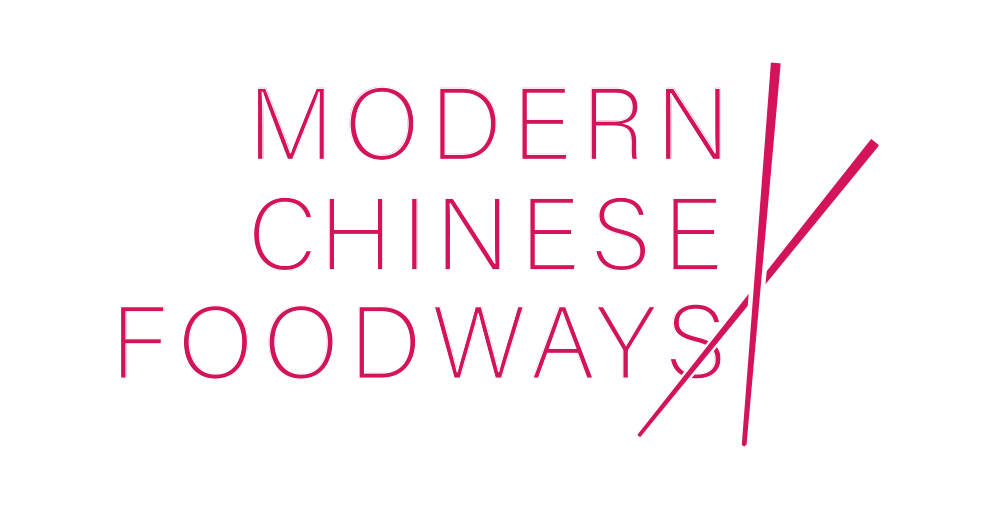ABSTRACT
This article is the first systematic attempt to estimate the consumption of meat in early twentieth century China. It examines three sorts of data: Japanese price surveys from the 1920s, slaughterhouse and animal product statistics from the mid-1930s, and nutrition and diet studies from 1920 to the late 1940s. Combining these different perspectives provides unique insight into such specific questions as price availability of meat versus other commodities, regional tastes and preferences, market coordination and animal husbandry practices, and the relation between household income and diet. On its own, no single data source can be considered complete; together, these three sources form a composite picture that spans not only the entire country and highlights the many different layers of commercial and political interest in meat production and consumption.
